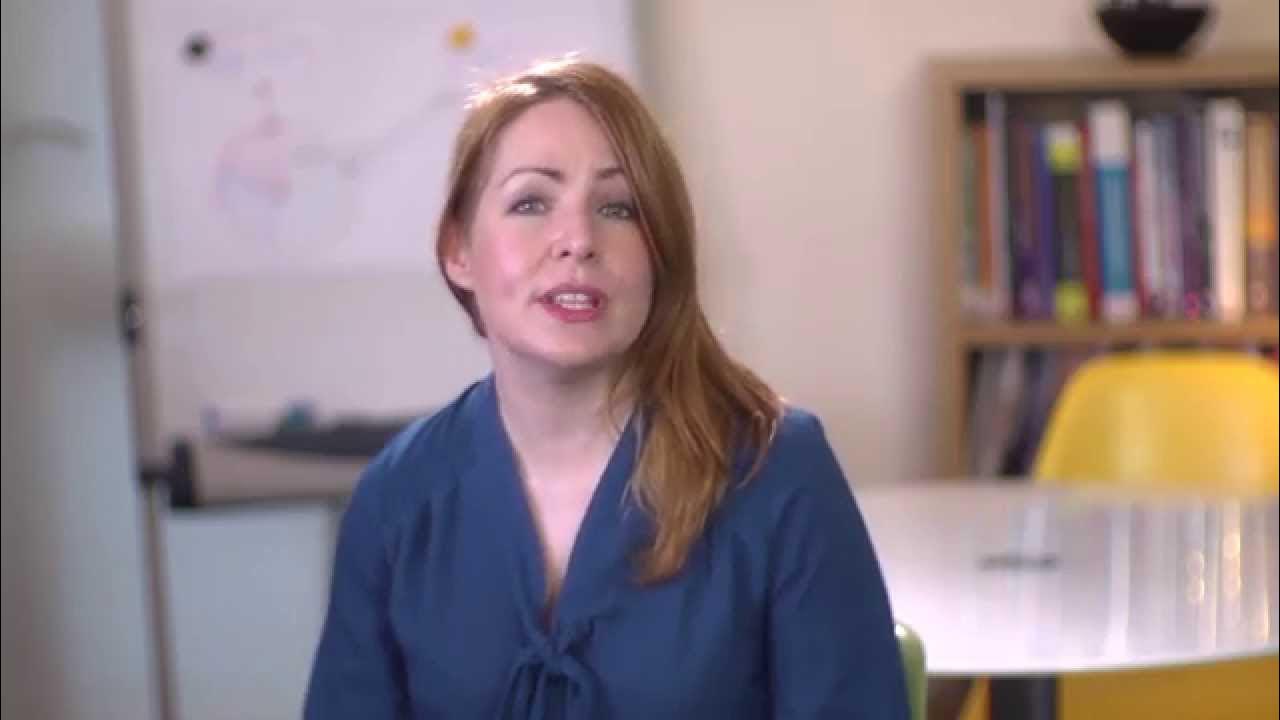Anger Management for Kids (and Adults)
Summary
TLDRThis video offers a simple yet effective method for managing anger through the ABCDE technique. The steps include Awareness (A) to recognize when you're angry, Breathing (B) to calm down, Counting (C) to regain control, Distance (D) to separate yourself from the trigger, and Expressing (E) your feelings constructively. By following these steps, viewers can avoid saying or doing things they regret and learn to communicate their emotions more effectively. The video encourages viewers to practice these techniques and share their experiences for improved emotional control.
Takeaways
- 😀 Anger can take control of your mind and body, leading to regretful actions and words.
- 😀 Recognizing when you're angry is the first step to managing your emotions effectively.
- 😀 Deep breathing is an effective technique to calm your body and mind when you're feeling angry.
- 😀 Counting slowly during deep breaths helps focus and regulate your emotions.
- 😀 If anger persists, putting physical distance between yourself and the trigger can help defuse the situation.
- 😀 Once you've calmed down, expressing your feelings and the reasons for your anger is key to resolving conflicts.
- 😀 The ABCDE method for anger management includes Awareness, Breathing, Counting, Distance, and Expressing.
- 😀 Awareness is essential: recognizing when you're getting angry is the first step in stopping it from taking over.
- 😀 Deep breathing (B) works well not just for anger, but also for sadness or nervousness, promoting emotional regulation.
- 😀 Taking a walk or stepping away from the situation (D) helps you regain control before reacting.
- 😀 Expressing yourself clearly and calmly (E) allows both parties to understand each other's perspectives and resolve the issue.
Q & A
What is the ABCDE method for managing anger?
-The ABCDE method is a five-step technique to help manage anger. It stands for Awareness, Breathing, Counting, Distance, and Expressing.
Why is awareness the first step in managing anger?
-Awareness is crucial because it allows you to recognize when you're becoming angry. If you don't notice your anger early, it can take over and lead to regretful actions.
How does deep breathing help in managing anger?
-Deep breathing helps to calm both the mind and body. By focusing on your breath, you can reduce physical tension and lower the intensity of your anger.
What role does counting play in controlling anger?
-Counting helps to further distract and calm the mind. By slowly counting to ten while breathing deeply, you create a pause that prevents impulsive reactions.
Why is distance important in managing anger?
-Distance provides physical space from the situation, which can give you time to cool down and prevent saying or doing something you might regret.
What should you do after taking distance from the person who triggered your anger?
-After distancing yourself, it’s important to express your feelings when you feel calmer. This allows you to communicate your anger and the reasons behind it in a constructive way.
What does 'expressing' mean in the ABCDE method?
-Expressing means calmly communicating your feelings and the reasons for your anger to the other person, which helps resolve conflicts and ensures both parties understand each other's point of view.
Can the ABCDE method be used for managing other emotions besides anger?
-Yes, the ABCDE method can also be helpful for managing other emotions like sadness or nervousness. Deep breathing and counting, for instance, are universally effective in calming emotional responses.
Why is it important to express your anger rather than suppressing it?
-Expressing your anger is important because suppressing it can lead to emotional build-up, resentment, or further conflict. Healthy expression helps to resolve the issue and fosters understanding.
How can the ABCDE technique prevent regretful actions?
-By increasing self-awareness and creating a pause between the trigger and your response, the ABCDE technique helps you make more thoughtful decisions, reducing the likelihood of acting impulsively and regretting it later.
Outlines

Cette section est réservée aux utilisateurs payants. Améliorez votre compte pour accéder à cette section.
Améliorer maintenantMindmap

Cette section est réservée aux utilisateurs payants. Améliorez votre compte pour accéder à cette section.
Améliorer maintenantKeywords

Cette section est réservée aux utilisateurs payants. Améliorez votre compte pour accéder à cette section.
Améliorer maintenantHighlights

Cette section est réservée aux utilisateurs payants. Améliorez votre compte pour accéder à cette section.
Améliorer maintenantTranscripts

Cette section est réservée aux utilisateurs payants. Améliorez votre compte pour accéder à cette section.
Améliorer maintenantVoir Plus de Vidéos Connexes
5.0 / 5 (0 votes)






